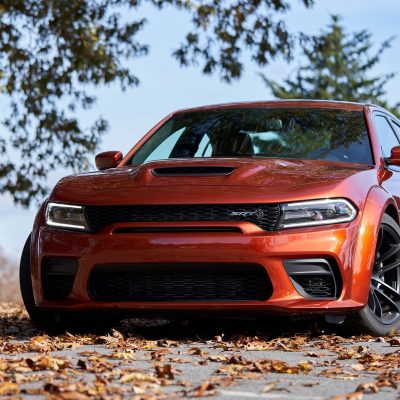Would you like to make your landscape photography magical? Turning your hand to fog photography might be what you’re looking for.
There is nothing quite like fog to give images a mystical or ethereal quality. It softens the light, gives a painterly, dream-like feel, and covers any clutter in a scene.
Fog can create an atmosphere in dark forests, or a heavenly appearance when the sun’s rays pierce through. Join us as we talk you through practical tips to improve your fog photography.
Know When to Expect Fog
I am not a meteorologist, but I usually have a good idea of when to expect fog in locations I know well.
The first thing to watch out for is the humidity level. Anything over 90% will spark my interest, especially if the temperature reaches the dew point.
Cold nights followed by a quick rise in morning temperature create a higher probability of fog. These ideal conditions usually occur in autumn or spring mornings.
However, heavy rainfall on a hot summer’s day can also create a chance of fog in woodland areas.
Very low clouds can deliver dense fog as well. Most of the time, there needs to be a very low amount of wind for the fog to appear, but I have also photographed fog in windy conditions in the mountains. This type of fog is actually photographing fast-moving clouds, which can be very challenging.
Get up Early to Photograph Fog
Fog usually occurs early in the morning, when the sun is not yet at full strength. This means that you have to be at your shooting location before or around sunrise.
This is also a time when there is usually the least amount of wind, giving more opportunity for the fog to linger. Most people think I live in a very foggy place as they never get fog, but most of the time they are not up early enough to witness it.
Weather is useful to check the humidity levels and the dew point to predict if there is a chance of mist.
Chances of fog are best when night temperatures drop below the dew point and the humidity levels are above 90%. The best way to predict fog is through knowing an area very well–some spots are more prone to mist than others.
I don’t live in a particularly foggy area and last year there were very few foggy mornings, but I make sure I am on location early in case of fog appears. This can sometimes be frustrating as you don’t get what you want or are not in the place you expected.
3. Use Manual Focus
Fog is a blanket of tiny water droplets that scatter the light and add a layer of grey over colors/contrast in a scene. As a result, fog photography does not usually contain harsh highlights or deep shadows: unless sun rays are piercing through.
Saturation will also be low and this results in muted greyish colors. Sometimes contrast will be so low that your autofocus will not work, this is the time to switch to manual focus.
It is always best to use manual focus in these kinds of conditions because even if the autofocus manages to lock onto something, it might be mistaken.




